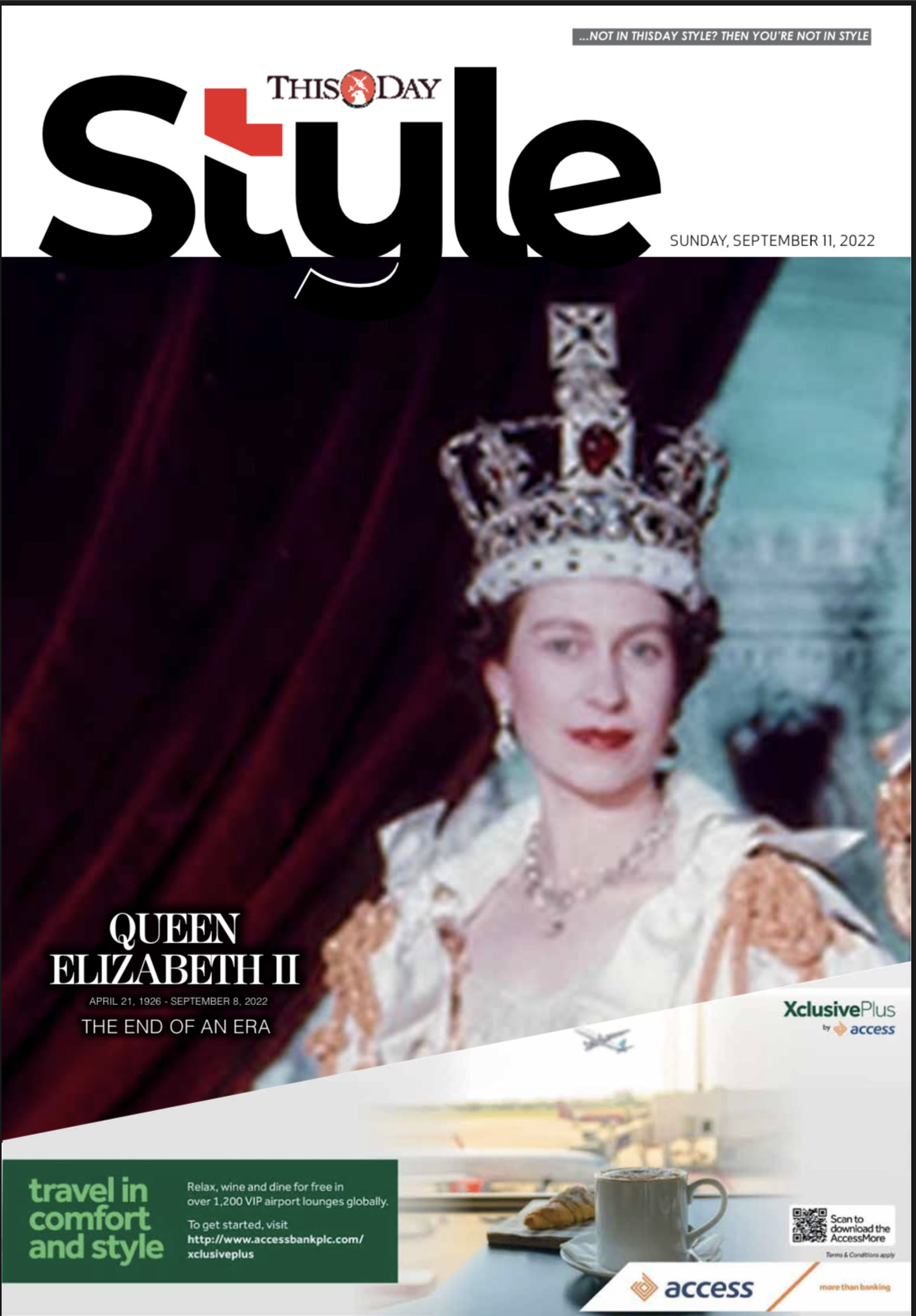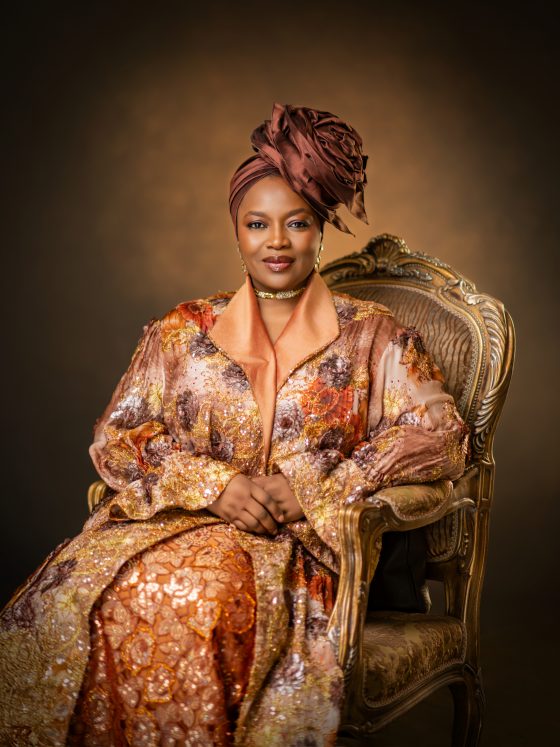Queen Elizabeth II, the UK’s longest-serving monarch, has died at Balmoral, aged 96. Her death brings to a close a reign that spanned seven decades and made her the most recognized woman in the world. She died peacefully at her Scottish estate, Balmoral.
Born Elizabeth Alexandra Mary Windsor on 21 April 1926, Queen Elizabeth was the first child of Albert, Duke of York, second son of George V, and his duchess, the former Lady Elizabeth Bowes-Lyon.
She didn’t become heir presumptive to the throne until 1937, when her father was crowned King George VI after the abdication of his older brother.

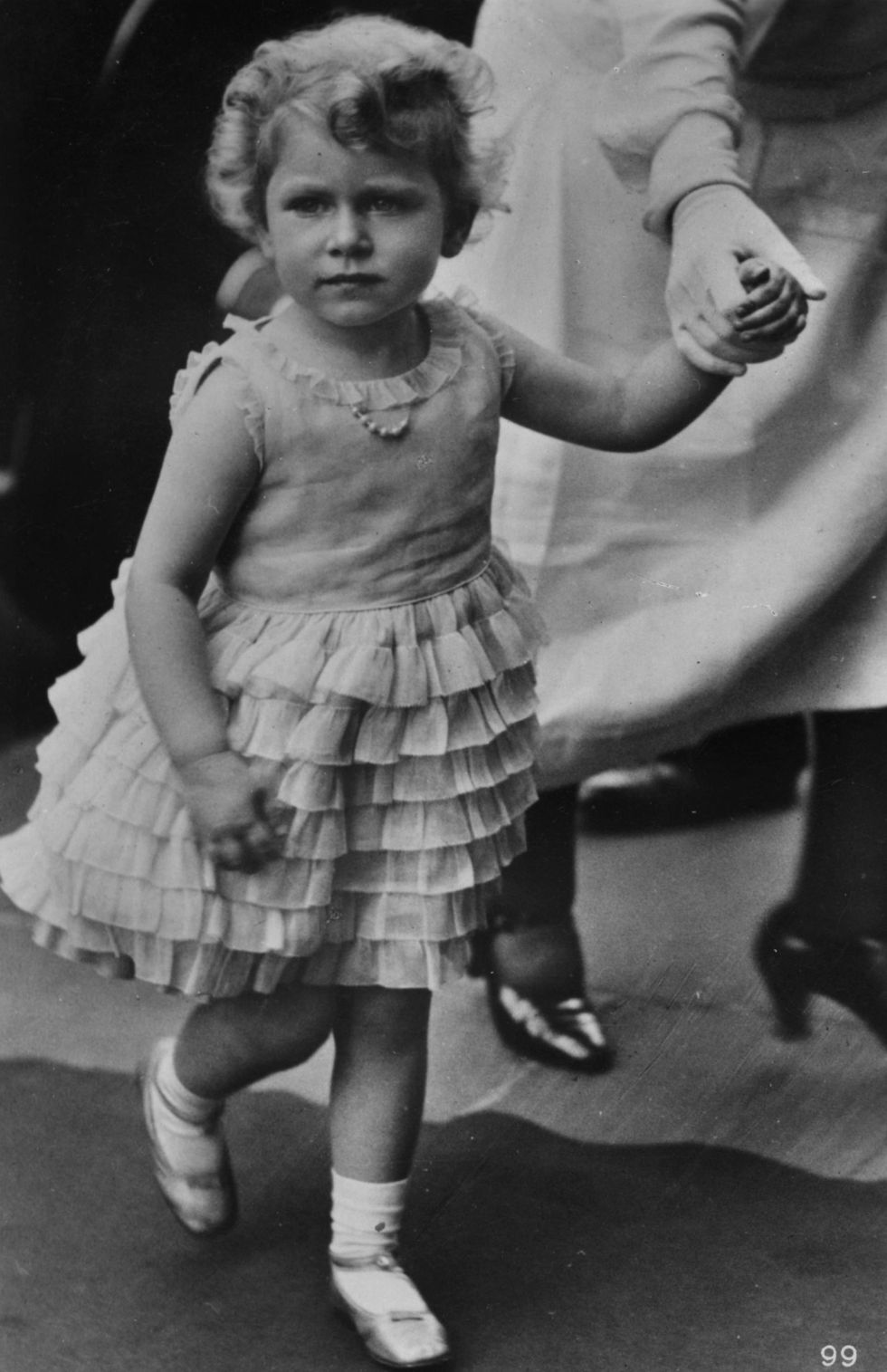
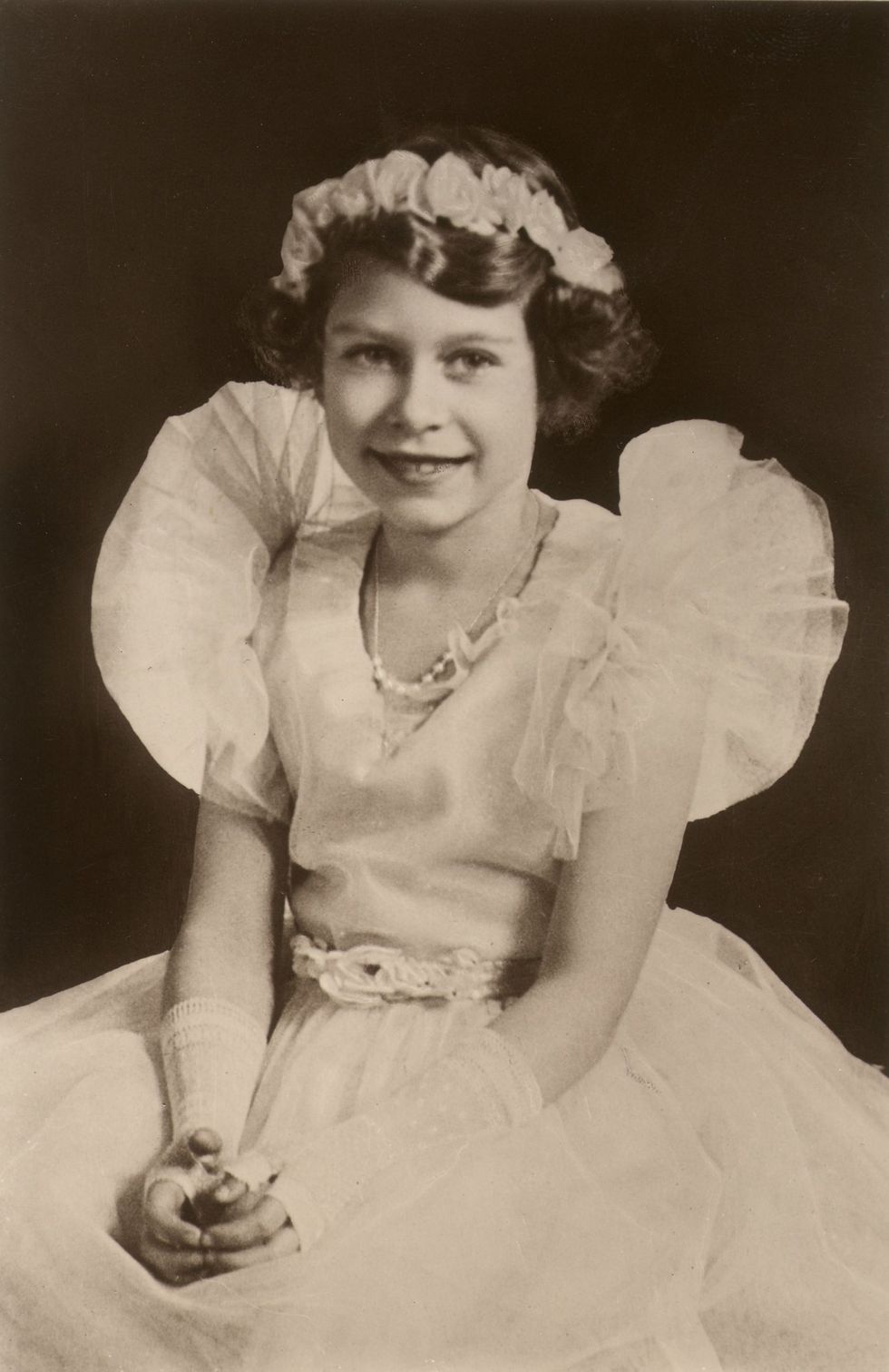

In preparation for her role as Queen, she was educated privately at home and began to undertake public duties during the Second World War, serving in the Auxiliary Territorial Service. In November 1947, she married Philip Mountbatten, a former prince of Greece and Denmark, and their marriage lasted 73 years until his death in April 2021. They had four children: Charles III; Anne, Princess Royal; Prince Andrew, Duke of York; and Prince Edward, Earl of Wessex.
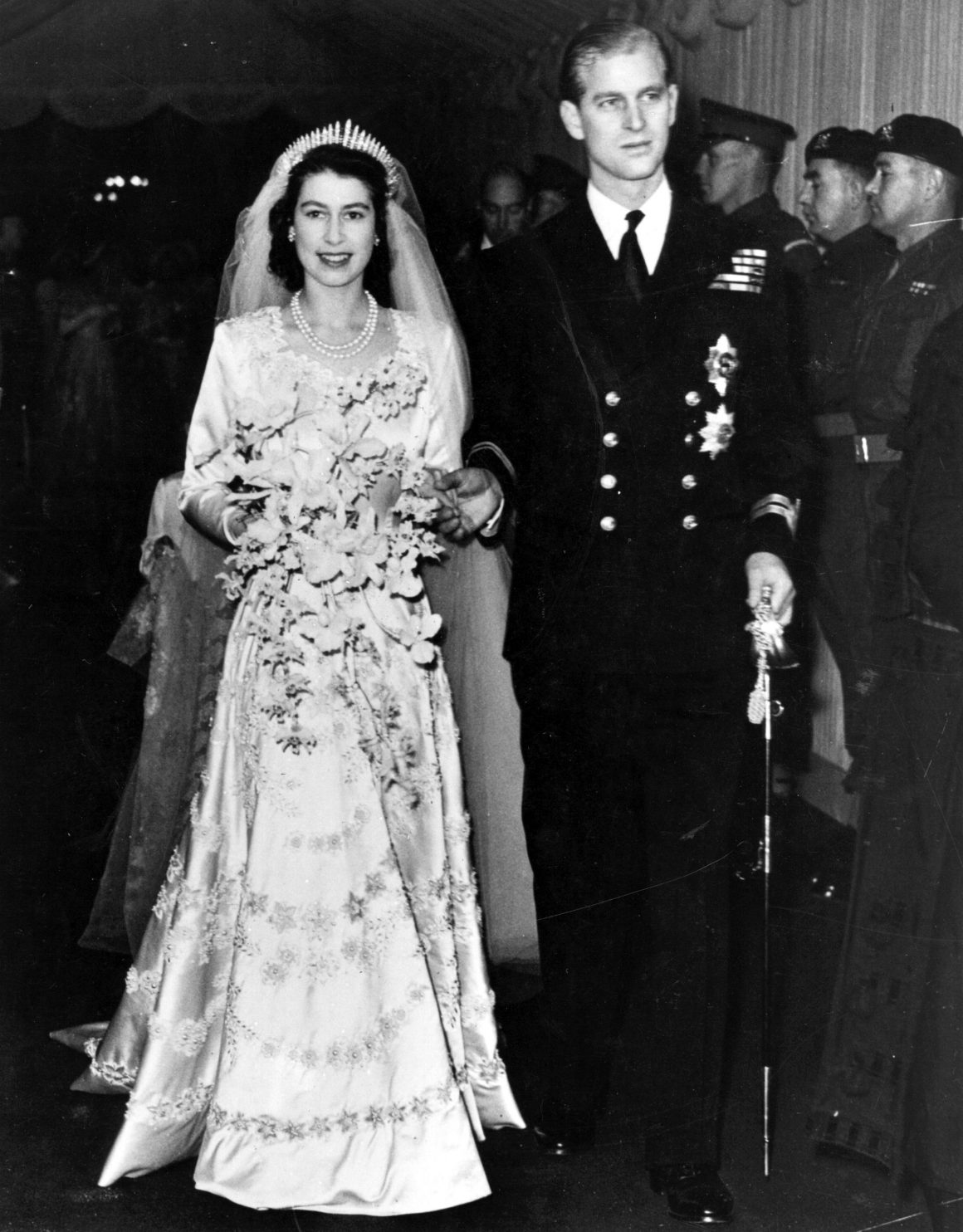


Her long reign, marked by her strong sense of duty and dedication to her throne and her people, also marked Britain’s transformation from a war-weary declining imperial power into a modern multi-cultural state. She longer needed the monarch for leadership but still held her in high esteem. Her success in maintaining the monarchy is even more remarkable given that, at the time of her birth, no one could have foreseen it as part of her destiny.


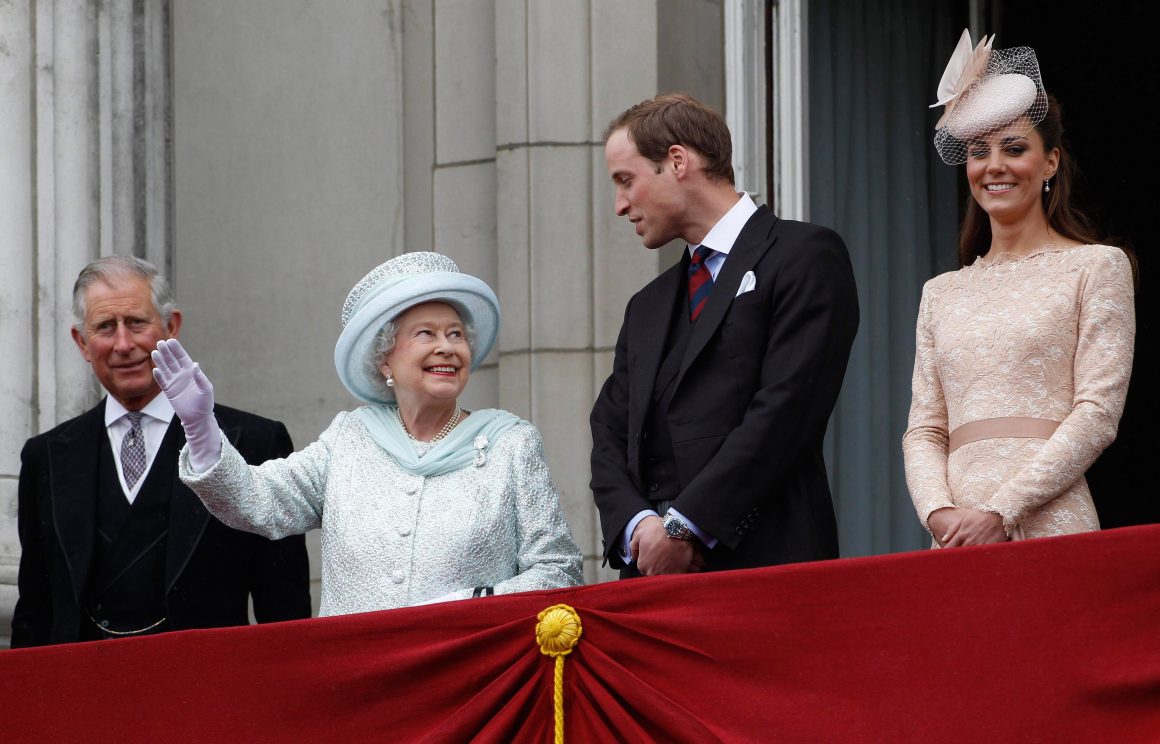
Her death comes seven months after she marked the 70th anniversary of her accession to the throne, yet another milestone achievement in the remarkable life of a queen who, though reluctantly thrust into the spotlight at a young age, won almost universal praise for her steadfast dedication to duty.

